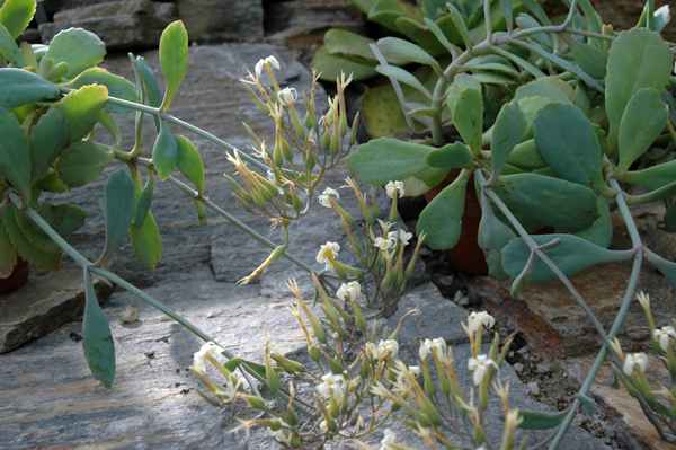Kalanchoe
(Kalanchoe quartiniana)

Description
Kalanchoe /ˌkæləŋˈkoʊ.iː/, or kal-un-KOH-ee, or kal-un-kee, also written Kalanchöe or Kalanchoë, is a genus of about 125 species of tropical, succulent flowering plants in the family Crassulaceae, mainly native to Madagascar and tropical Africa. Kalanchoe was one of the first plants to be sent into space, sent on a resupply to the Soviet Salyut 1 space station in 1971. Most are shrubs or perennial herbaceous plants, but a few are annual or biennial. The largest, Kalanchoe beharensis from Madagascar, can reach 6 m (20 ft) tall, but most species are less than 1 m (3 ft) tall. Kalanchoes are characterized by opening their flowers by growing new cells on the inner surface of the petals to force them outwards, and on the outside of the petals to close them. Kalanchoe flowers are divided into 4 sections with 8 stamens. The petals are fused into a tube, in a similar way to some related genera such as Cotyledon.
Taxonomic tree:







